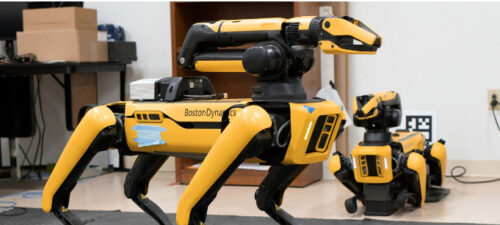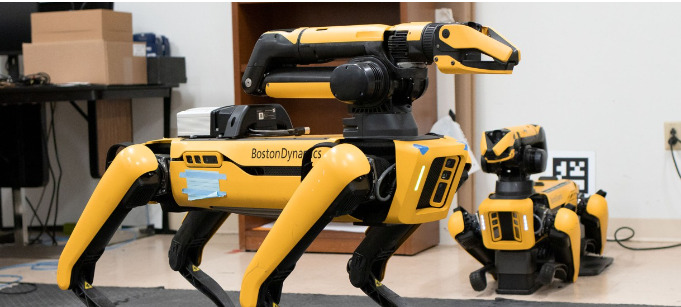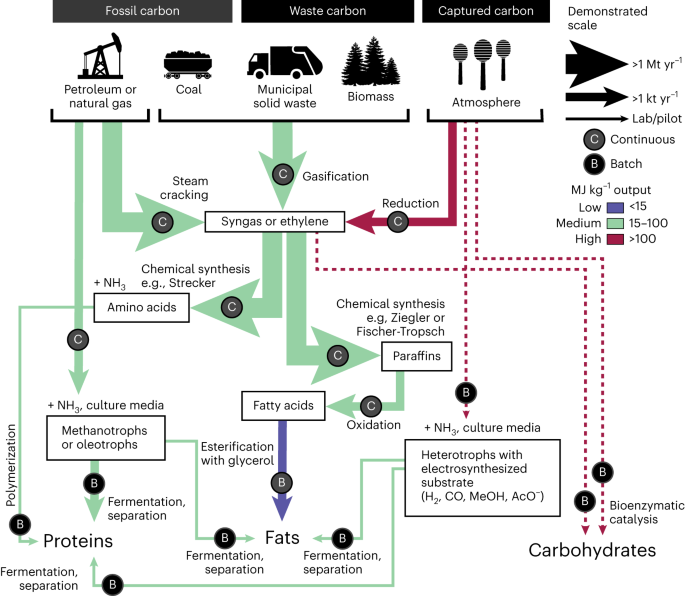2023-11-06 ブラウン大学

The new software system, called Lang2LTL, marks an important contribution toward more seamless communications between humans and robots. Photo by Juan Silieza
◆このシステムは、訓練データなしで動作し、異なる環境でも長いトレーニングプロセスを必要としません。研究者は、このシステムを21の都市でシミュレーションテストし、80%の正確性を達成しました。この成果は、人間とロボットのシームレスなコミュニケーションへの重要な貢献であり、自然言語で複雑な指示をロボットに伝えるための効果的な方法を提供します。今後、このシステムは都市の移動ロボットや配達車両などに適用される可能性があります。
<関連情報>
- https://www.brown.edu/news/2023-11-06/human-robot-communication
- https://openreview.net/forum?id=rpWi4SYGXj
未知の環境における時間的タスクのための複雑な自然言語コマンドの基礎付け Grounding Complex Natural Language Commands for Temporal Tasks in Unseen Environments
Jason Xinyu Liu, Ziyi Yang, Ifrah Idrees, Sam Liang, Benjamin Schornstein, Stefanie Tellex, Ankit Shah
OpenReview Published: 31 Aug 2023
Abstract
Grounding navigational commands to linear temporal logic (LTL) leverages its unambiguous semantics for reasoning about long-horizon tasks and verifying the satisfaction of temporal constraints. Existing approaches require training data from the specific environment and landmarks that will be used in natural language to understand commands in those environments. We propose Lang2LTL, a modular system and a software package that leverages large language models (LLMs) to ground temporal navigational commands to LTL specifications in environments without prior language data. We comprehensively evaluate Lang2LTL for five well-defined generalization behaviors. Lang2LTL demonstrates the state-of-the-art ability of a single model to ground navigational commands to diverse temporal specifications in 21 city-scaled environments. Finally, we demonstrate a physical robot using Lang2LTL can follow 52 semantically diverse navigational commands in two indoor environments.




